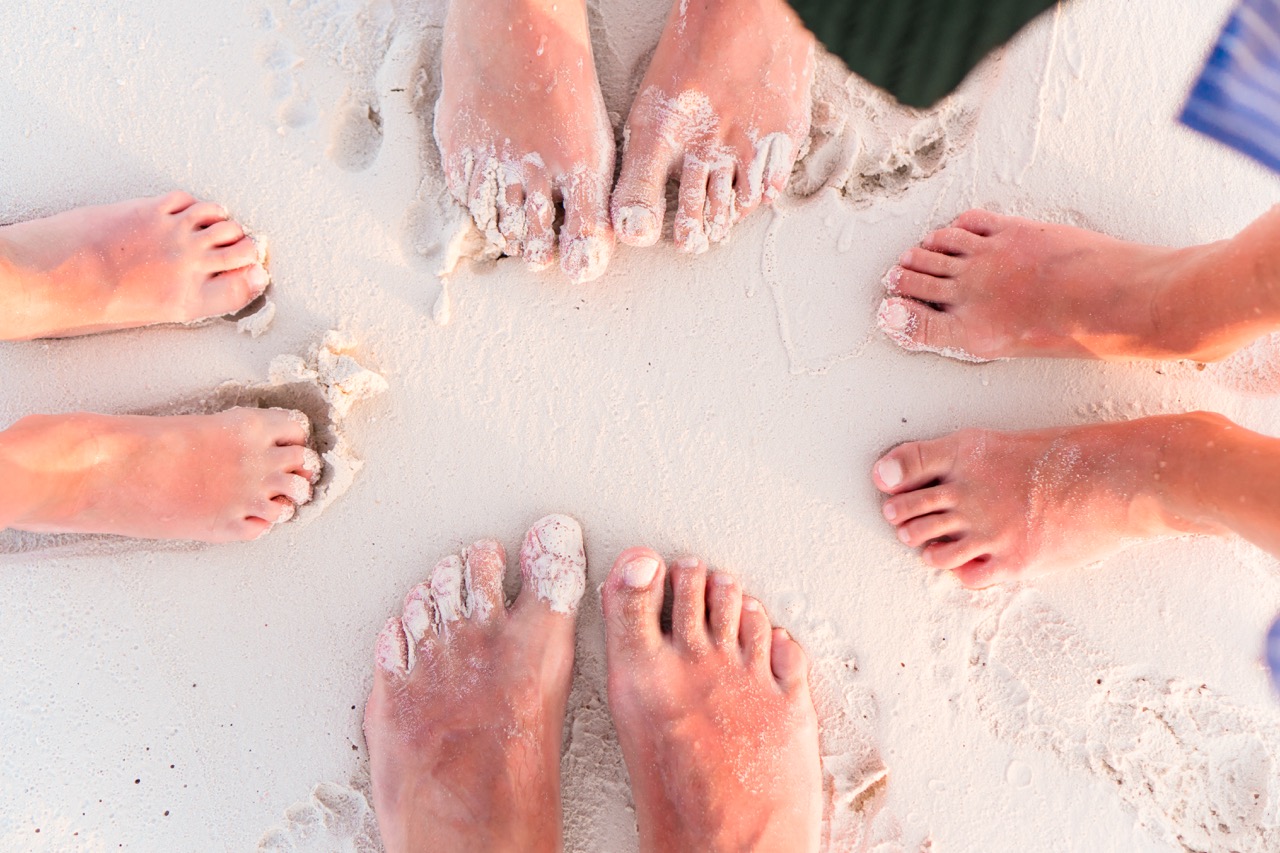How to Choose the Right Socks for Hiking in Rainy Conditions

When it comes to hiking in rainy conditions, the importance of choosing the right socks cannot be overstated. While many hikers focus on footwear and outerwear, the socks often play a crucial yet overlooked role in comfort and performance. Wet feet can lead to blisters, discomfort, and even hypothermia, making it essential to prioritize sock selection. This article will guide you through understanding the significance of proper hiking socks, the materials best suited for rainy conditions, essential features to seek, and tips for ensuring maximum comfort.
Understanding the Importance of Proper Hiking Socks
Hiking socks function as the first line of defense against the elements, especially during wet conditions. When hiking in rain, your feet are susceptible to moisture, which can lead to a range of issues including blisters, fungal infections, and general discomfort. Proper socks will help wick away moisture from your skin, keeping your feet dry and comfortable. This is critical not only for short hikes but also for long treks where prolonged moisture exposure can have serious consequences.
Moreover, socks are vital for temperature regulation. In a damp environment, moisture can rapidly lower the temperature of your feet, leading to cold sensations that could escalate into hypothermia. High-quality hiking socks are designed to offer insulation even when wet, helping to maintain warmth. Thus, investing in the right pair of socks is essential for safety and comfort during rainy hikes.
Finally, the fit and cushioning of your socks play a significant role in preventing blisters and improving overall hiking performance. A well-fitted sock that provides the right amount of cushioning can enhance your walking experience, minimizing fatigue and discomfort. Understanding these factors helps hikers make informed choices, ultimately leading to more enjoyable and safer outdoor adventures.
Key Materials for Waterproof and Breathable Socks
When selecting socks for rainy hiking conditions, the choice of materials is critical. One of the most effective materials you can find is merino wool. Merino wool is naturally moisture-wicking and can absorb a significant amount of moisture while still feeling dry against the skin. It also provides excellent insulation, keeping your feet warm in cold, wet conditions. This combination makes merino wool an outstanding choice for hiking socks intended for use in rain.
Synthetic materials, such as nylon and polyester, also offer great benefits, particularly in terms of quick-drying capabilities. Many waterproof hiking socks are made from a blend of synthetic materials that enhance breathability and prevent excessive sweating. Additionally, these materials often incorporate technologies designed to repel water, making them suitable for unpredictable weather conditions while still allowing moisture vapor to escape.
Lastly, some socks feature specialized waterproof membranes, such as Gore-Tex or similar technologies. These membranes provide an additional layer of protection against water infiltration while maintaining breathability. While these types of socks can be more expensive, they provide extra assurance that you won’t end up with soggy feet in the middle of a rain-soaked hike.
Essential Features to Look for in Rain-Ready Socks
In addition to materials, certain features can significantly enhance the performance of socks in rainy conditions. One critical feature is a reinforced heel and toe. These areas experience the most wear and tear, especially during hiking, and additional durability in these spots can prolong the life of your socks. Look for socks with cushioning in these areas for added comfort and support.
Another important feature is moisture-wicking technology. Socks designed with moisture management systems can effectively transport sweat away from your feet, reducing the risk of blisters and fungal infections. Ensure that the socks you choose explicitly advertise moisture-wicking capabilities, as this will keep your feet dry and comfortable even in the wettest conditions.
Finally, consider the sock’s height. Ankle or crew-length socks can provide extra protection against water and debris during hikes. However, taller socks may also lead to overheating, so finding a balance between height and breathability is important. Look for options that have a snug fit at the top to prevent water from entering while allowing for adequate ventilation.
Tips for Ensuring Sock Comfort During Wet Hikes
To maximize comfort during rainy hikes, always prioritize the fit. Socks that are too tight can restrict circulation, while those that are too loose can bunch up and cause blisters. Consider trying on socks with your hiking boots to ensure a snug but comfortable fit. Pay attention to the sock’s construction, as seamless designs can help reduce friction and prevent hotspots.
Another tip is to carry an extra pair of socks in your pack. Even with the best waterproof socks, there may be circumstances where your feet get wet. Having a dry pair readily available allows you to change into fresh socks during breaks, which can rejuvenate your feet and maintain comfort for the remainder of your hike. Additionally, consider changing socks if they become excessively damp, even if you are still wearing waterproof footwear.
Lastly, take care of your socks by washing them properly and ensuring they are fully dry before your hike. Moisture trapped in wet socks can lead to odor and deterioration of materials over time. Following the manufacturer’s care instructions will help maintain the functionality and lifespan of your socks, ensuring they perform optimally when you need them most.
Choosing the right socks for hiking in rainy conditions is a critical aspect of ensuring a comfortable and safe outdoor experience. By understanding the importance of proper hiking socks, recognizing key materials and essential features, and following tips for comfort, you can prepare yourself for any weather scenario. Investing in high-quality, moisture-wicking, and durable socks will significantly enhance your hiking adventures, allowing you to focus on the beauty of nature rather than discomfort from wet feet. Prioritize your sock selection, and enjoy your next rainy hike with confidence.




